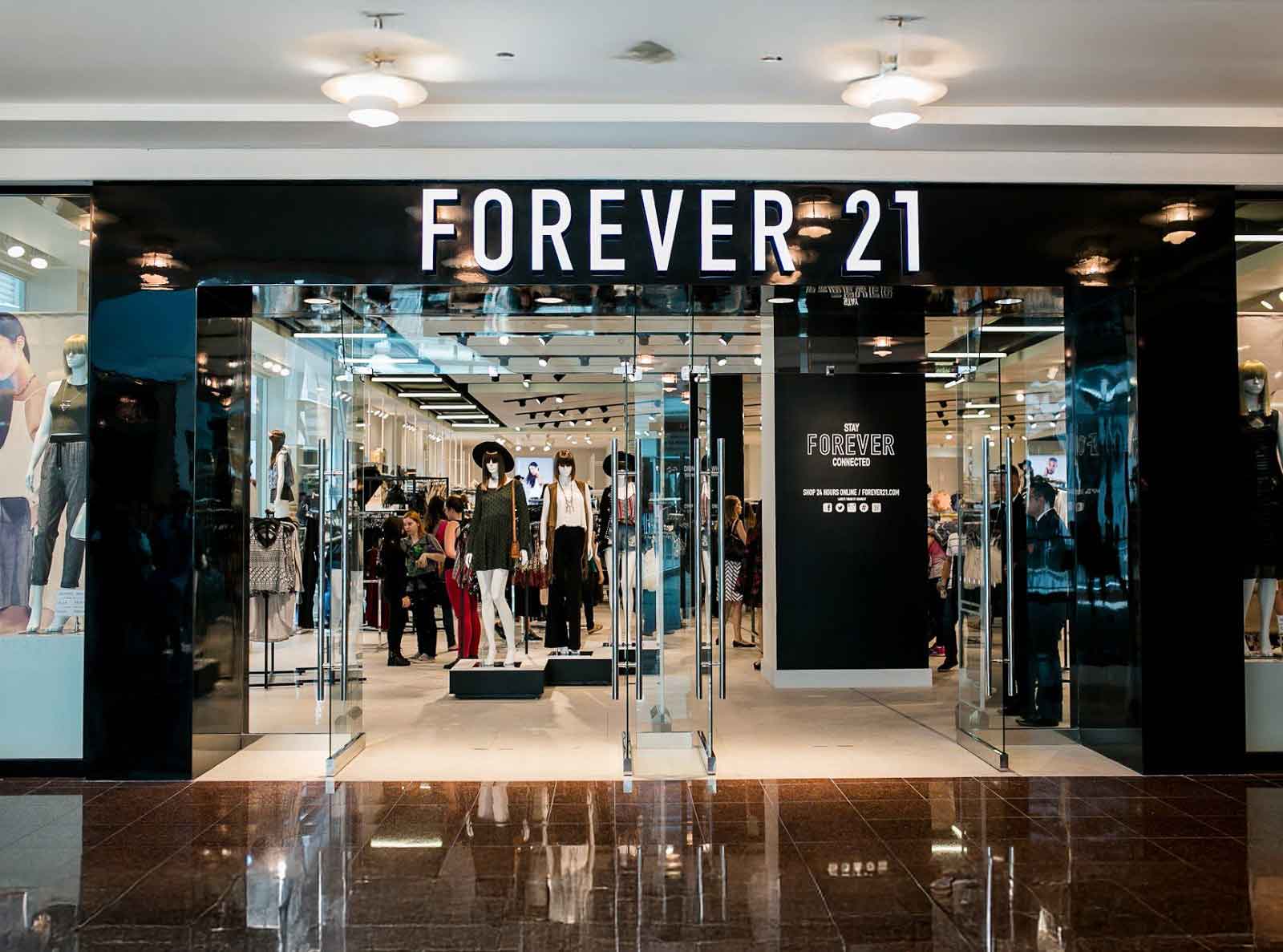Forever 21, the once-iconic fast-fashion retailer, has filed for bankruptcy for the second time in six years. The company cited increasing competition from online retailers, declining foot traffic in shopping malls, and shifts in consumer shopping habits as key reasons behind its financial struggles. As part of the restructuring, Forever 21 will shutter all of its 350 U.S. stores while continuing operations in international markets through its licensees.
A Second Bankruptcy in Six Years
This latest bankruptcy filing comes as Forever 21 faces mounting debt and an inability to compete with e-commerce giants such as Shein and Temu, which have capitalized on direct-to-consumer online sales and fast, affordable fashion. The company had previously filed for Chapter 11 bankruptcy in 2019 but was acquired by Sparc Group, a partnership between Authentic Brands Group, Simon Property Group, and Brookfield Asset Management. Despite restructuring efforts, the company has failed to regain its former dominance.
Factors Behind Forever 21’s Bankruptcy
Several factors contributed to Forever 21’s latest bankruptcy filing:
1. The Rise of E-Commerce Giants
Shein, Temu, and other digital-first fast-fashion retailers have significantly disrupted the industry. These brands leverage advanced supply chain models and low-cost overseas production, allowing them to offer trend-driven fashion at unbeatable prices. Consumers, particularly Gen Z and Millennials, now prefer online shopping over traditional retail stores.
2. Declining Mall Traffic
Traditional brick-and-mortar stores, especially those in shopping malls, have faced declining foot traffic for years. With consumers shifting towards online shopping, malls have struggled to attract customers, leading to store closures and financial instability for retailers like Forever 21.
3. De Minimis Loophole Impact
The U.S. “de minimis” rule allows foreign retailers to import goods duty-free for packages valued under $800. This has enabled online brands to sell products at lower costs, undercutting traditional retailers who must pay tariffs and operating expenses. Forever 21 has been unable to compete with these lower prices.
4. Changing Consumer Preferences
Sustainability and ethical production practices have become key factors in consumer purchasing decisions. Brands like Forever 21, which rely on mass production and inexpensive labor, have faced criticism over environmental and ethical concerns. As a result, more consumers are shifting towards sustainable fashion brands.
Forever 21’s Liquidation Plan
The company announced that it will conduct liquidation sales at its U.S. locations while simultaneously exploring a court-supervised sale process for its assets. According to bankruptcy filings, Forever 21’s estimated assets range from $100 million to $500 million, while its liabilities are between $1 billion and $10 billion. The company has between 10,001 and 25,000 creditors.
Despite the store closures, Forever 21 confirmed that its e-commerce operations in the U.S. will remain active during the bankruptcy process. The international stores, which are operated by franchise partners, will continue their regular operations and remain unaffected.
The Future of Forever 21
While the future of Forever 21 remains uncertain, industry experts suggest that the brand may pivot towards an e-commerce-focused strategy similar to its competitors. There is also speculation that a potential buyer may emerge to acquire parts of the company’s assets and attempt a turnaround.
Forever 21 is currently owned by Catalyst Brands, an entity formed through the merger of Sparc Group and JC Penney in early 2025. Whether this new ownership structure will influence the company’s revival remains to be seen.
Conclusion
Forever 21’s bankruptcy filing underscores the challenges faced by traditional retailers in an evolving fashion landscape dominated by e-commerce. The rise of Shein, Temu, and other online-first fashion brands has reshaped consumer behavior, making it difficult for brick-and-mortar retailers to compete. While Forever 21 may continue operating online and internationally, its decision to shutter all U.S. stores marks the end of an era for the once-dominant fast-fashion giant.
Stay tuned for further updates on the future of Forever 21 and how the retail industry continues to evolve in the face of digital transformation.
YAllA TV – www.yallatv.ae





